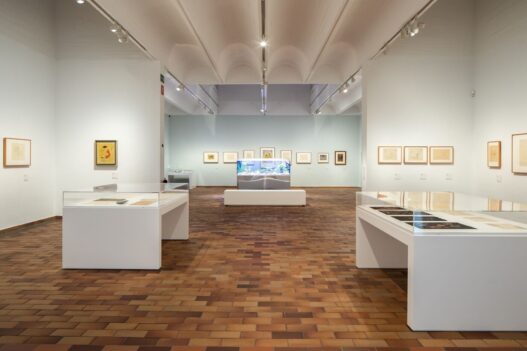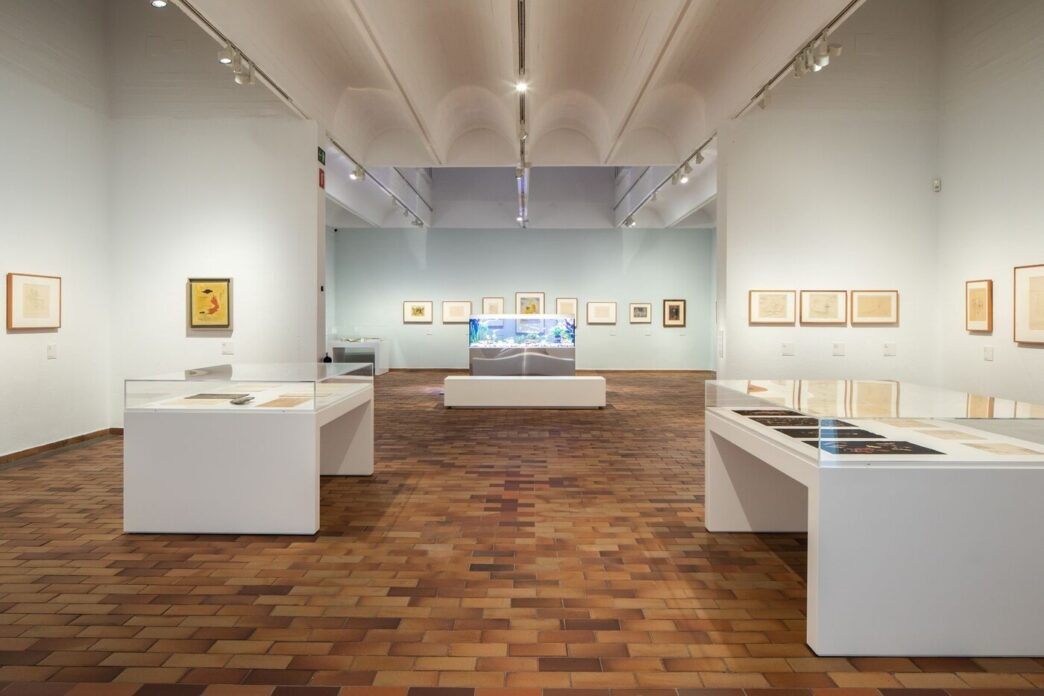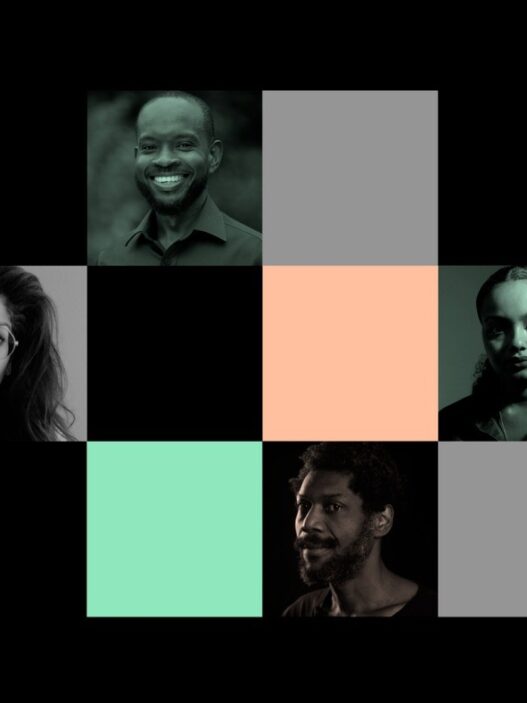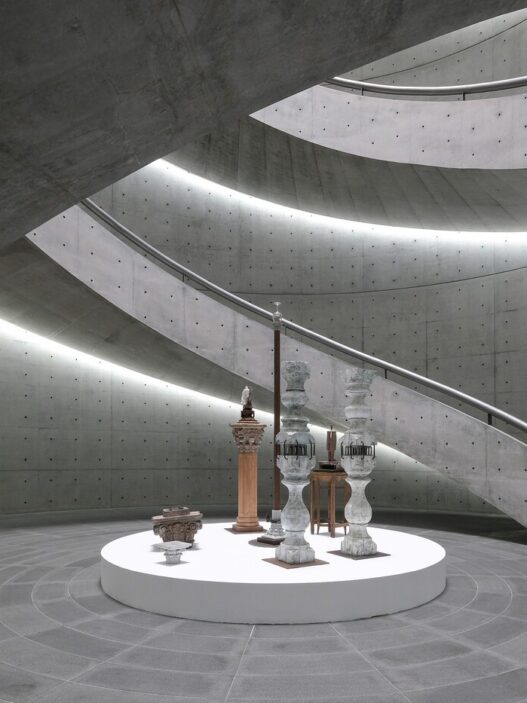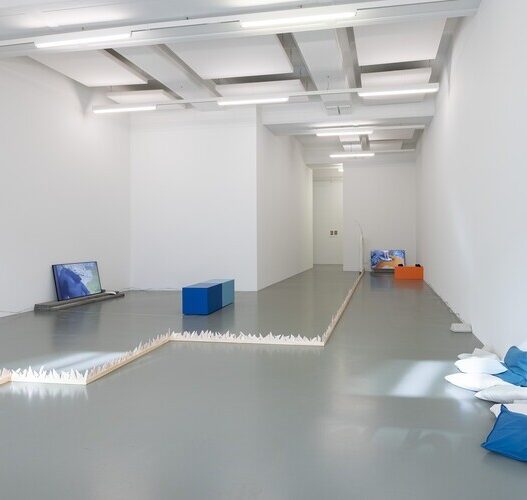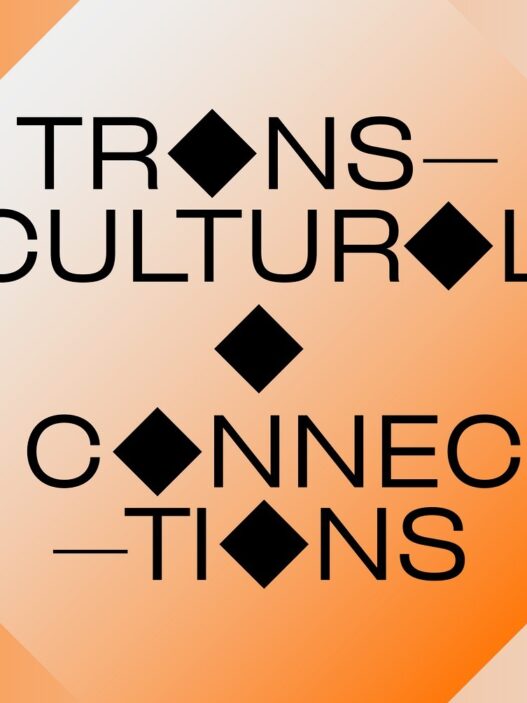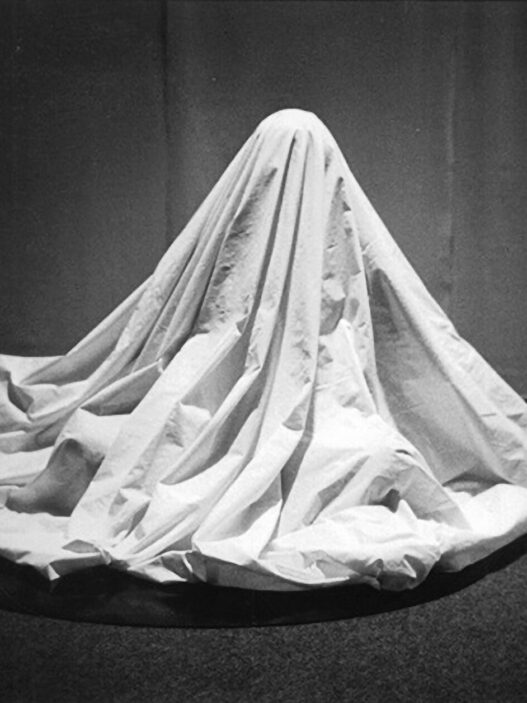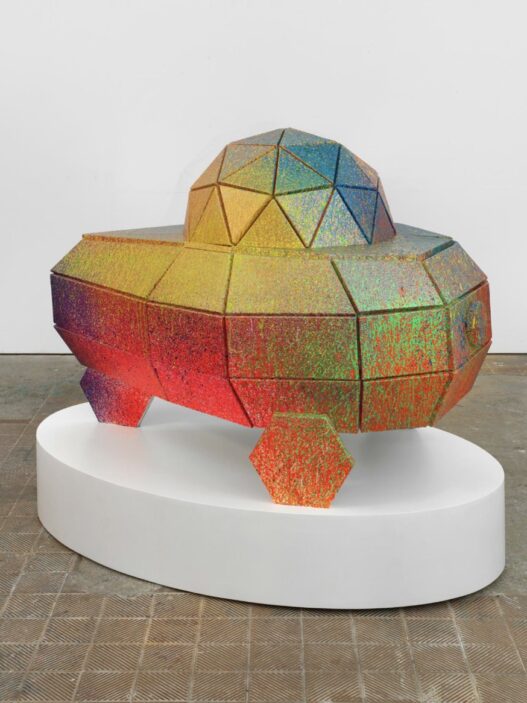October 21, 2022–February 12, 2023
The German artist Paul Klee (1879–1940), who was born in Switzerland, had a lifelong obsession with nature observation. He considered the study of natural phenomena to be an art form in itself, enabling him to transcend the realm of appearances to comprehend fundamental laws and produce works based on them.
The exhibition Paul Klee and the Secrets of Nature, organized by Martina Millà, director of exhibitions at the Fundació Joan Miró, explores the relationship the artist had with nature, which served as both a source of study and a model for education as well as a source of inspiration and solace. The exhibition also aims to show how crucial the study of natural phenomena was for the formation and growth of an artist like Klee, one of the most outstanding figures of the European avant-garde and perhaps one of the most surprising ones to rediscover through the lens of nature itself. This is done in collaboration with the Zentrum Paul Klee in Bern and with the advice of its chief curator, Fabienne Eggelhöfer.
The exhibition, which is sponsored solely by the Fundación BBVA, spans four galleries and invites viewers on a chronological journey through Klee’s holistic view of nature, from his formative years up until his final years, while also examining the effects of the First World War and the development of a theoretical framework during his time as a Bauhaus instructor. The more than 200 artifacts chosen for the exhibition—mostly from the collection of the Zentrum Paul Klee—include paintings, drawings, instructional materials, and natural objects that will allow visitors to understand more about this part of Klee’s work. The exhibition features works by female artists, some of whom worked contemporaneously with Klee, including Gabriele Münter (1877–1962), Emma Kunz (1892–1963), and Maruja Mallo, in keeping with the current revision of the 20th-century art canon and as part of the effort to recover the names and careers of female artists silenced by the official accounts of the history of art (1902–1995). Sandra Knecht, a modern Swiss artist who was born in the same canton as Klee and promotes rural living as part of her oeuvre, will be responsible for closing the exhibition. Knecht reflects on Klee’s illness, which is seen as a normal process, in an effort to start a discourse with him.
By examining Paul Klee’s special rapport with natural phenomena, the exhibition Paul Klee and the Secrets of Nature also offers visitors an insight into how contemporary society has constructed its view of the natural world. In the words of its curator, Martina Millà: “at a time when, facing imminent planetary collapse, there is speculation about survival strategies […] we would like to see this project as an exercise that can help us reposition ourselves by revisiting that period which marked the start of the problematisation of our gaze and of our current understanding of the phenomena of nature. Visitors can find a great opportunity to rethink their relationship with artistic practices connected with the agenda of modernity and with a planet subjected to an unstoppable process of ecosystem and biodiversity destruction; a planet that has nevertheless been the sounding board and a canvas on which human creativity has been unleashed.”
The project comes with a catalogue that features a large selection of the artworks from the exhibition, a curatorial text by Millà, an article by Fabienne Eggelhöfer, as well as a pedagogical manifesto by Klee titled Ways to Study Nature that was written in 1923. A discussion between artist Sandra Knecht and researcher Myriam Dössenger from the Zentrum Paul Klee serves as the catalogue’s epilogue.
Fundació Joan Miró
Parc de Montjuic, s/n
08038 Barcelona
Spain









